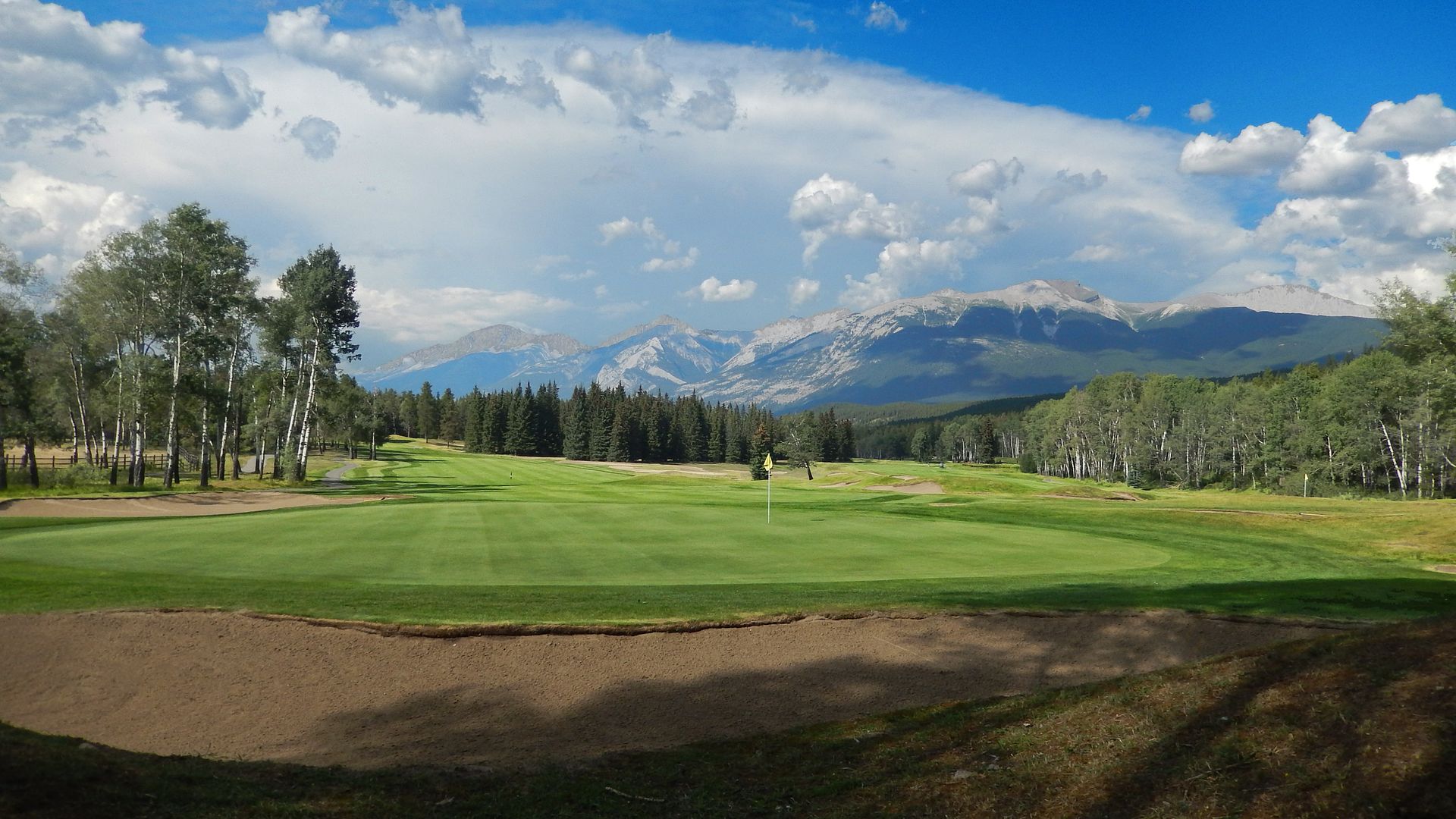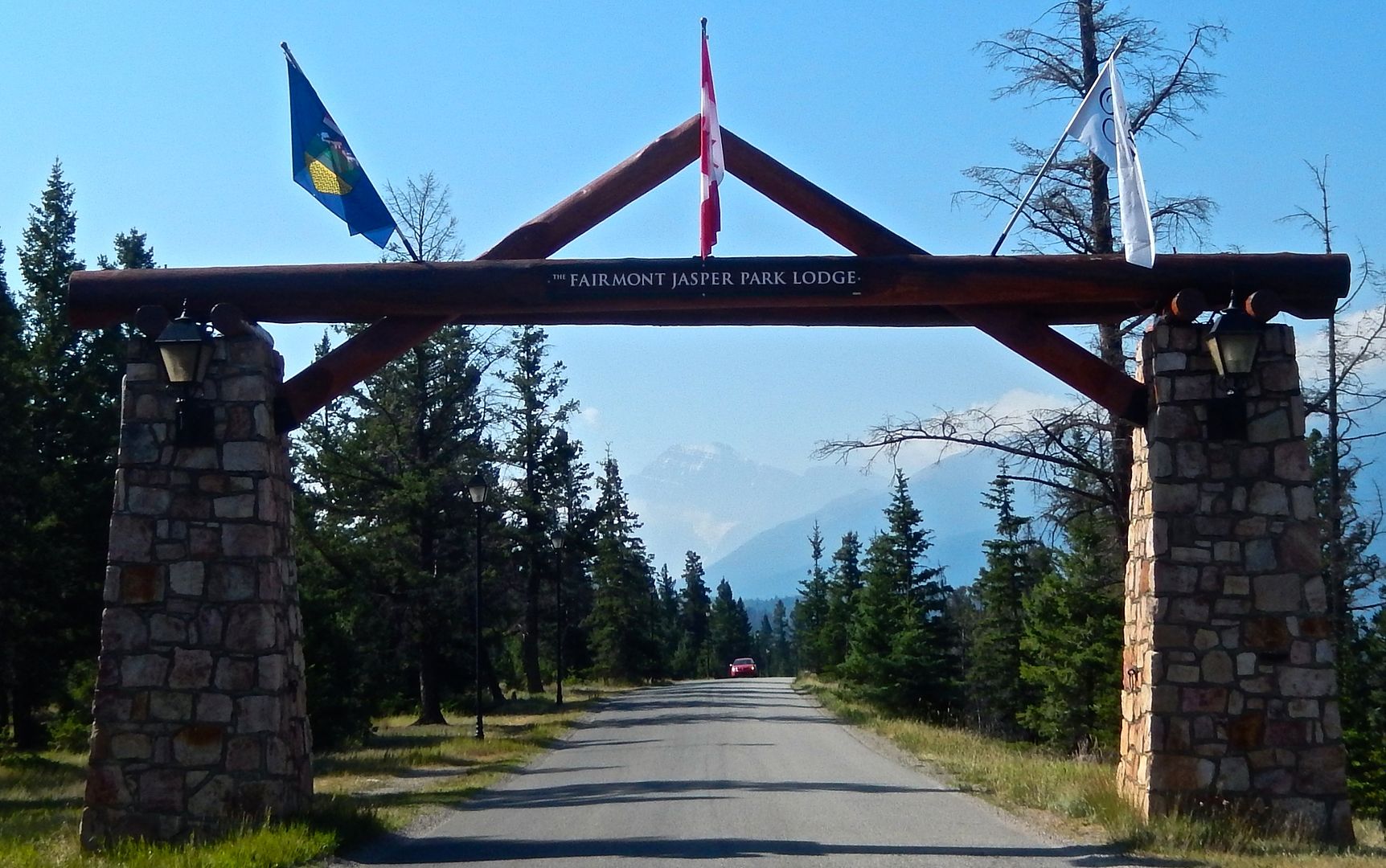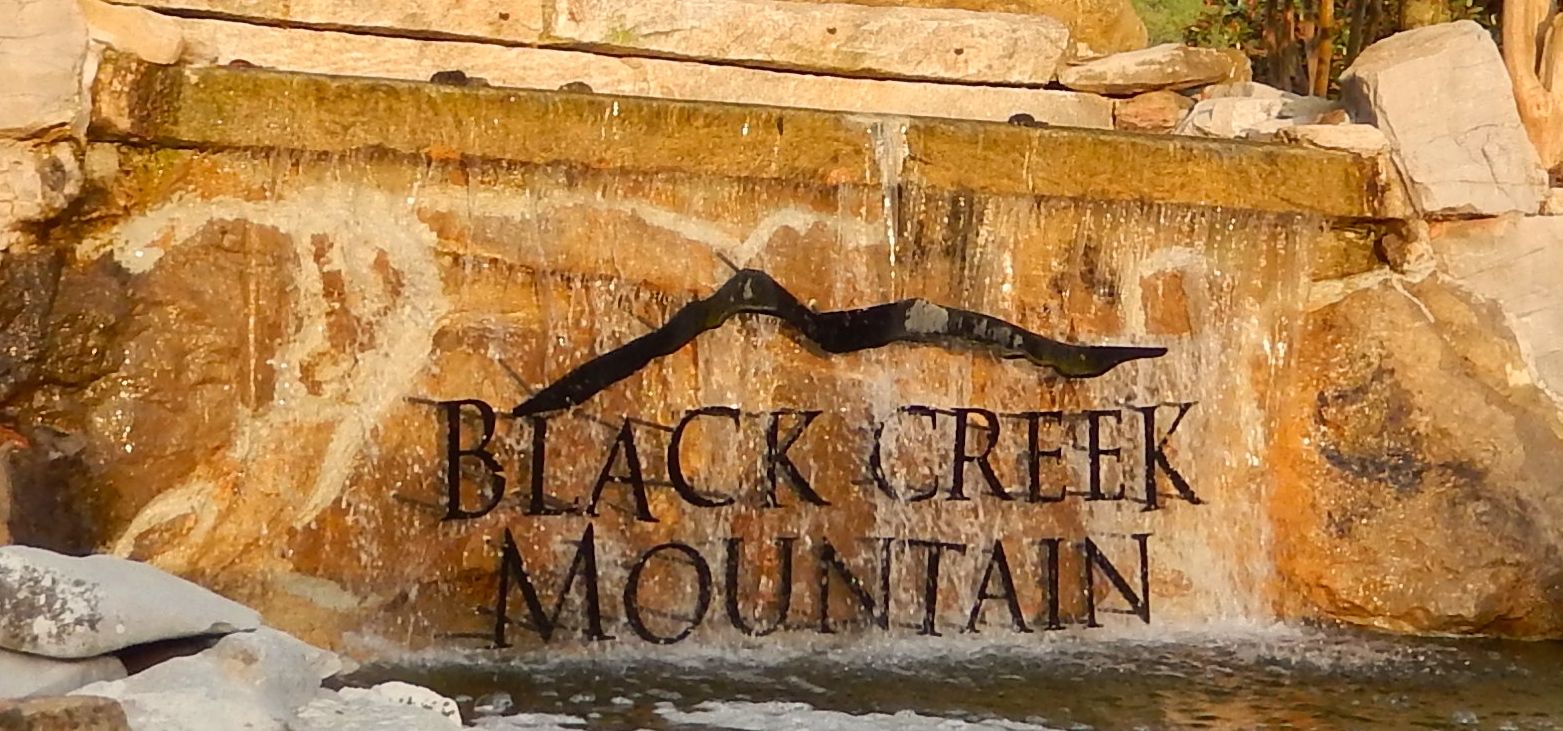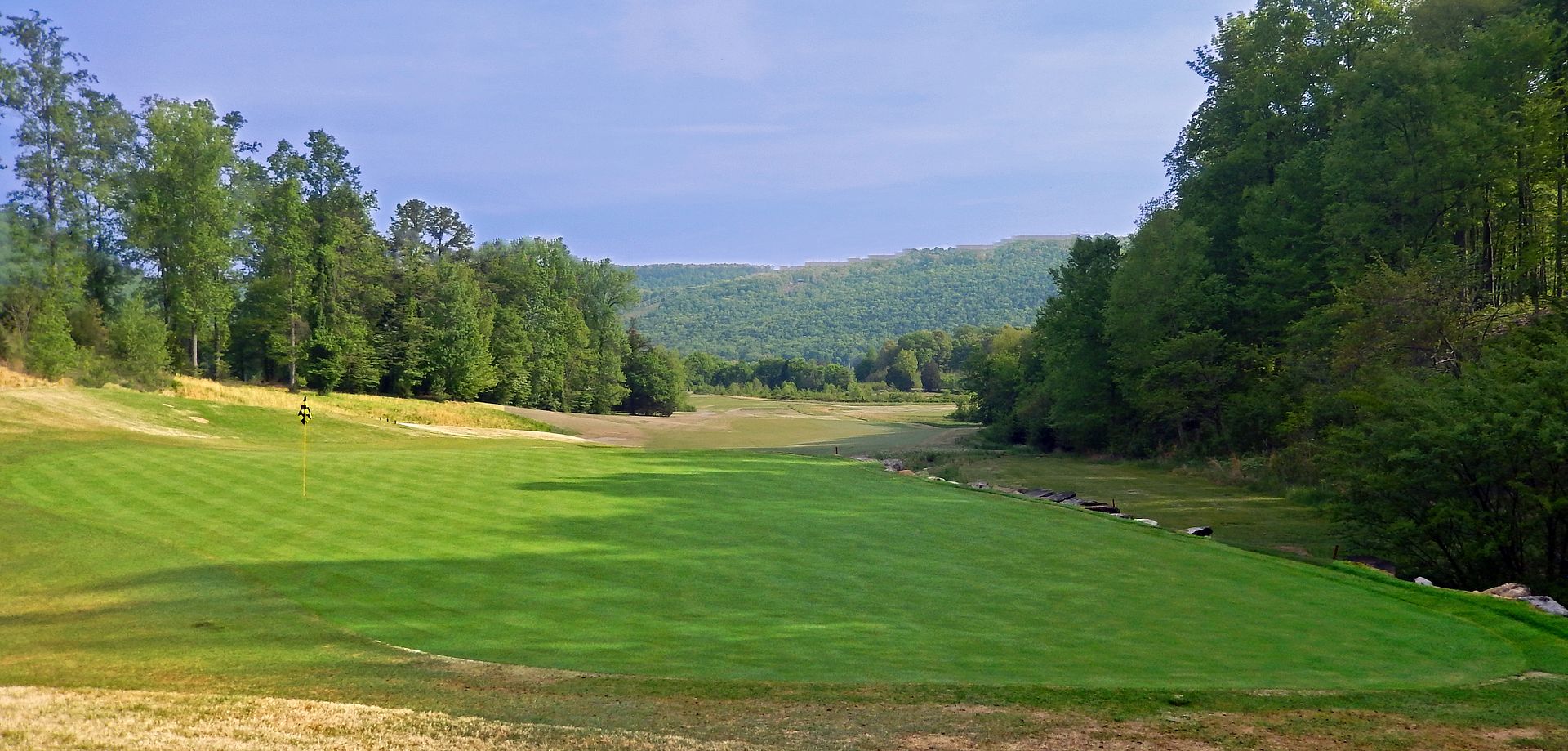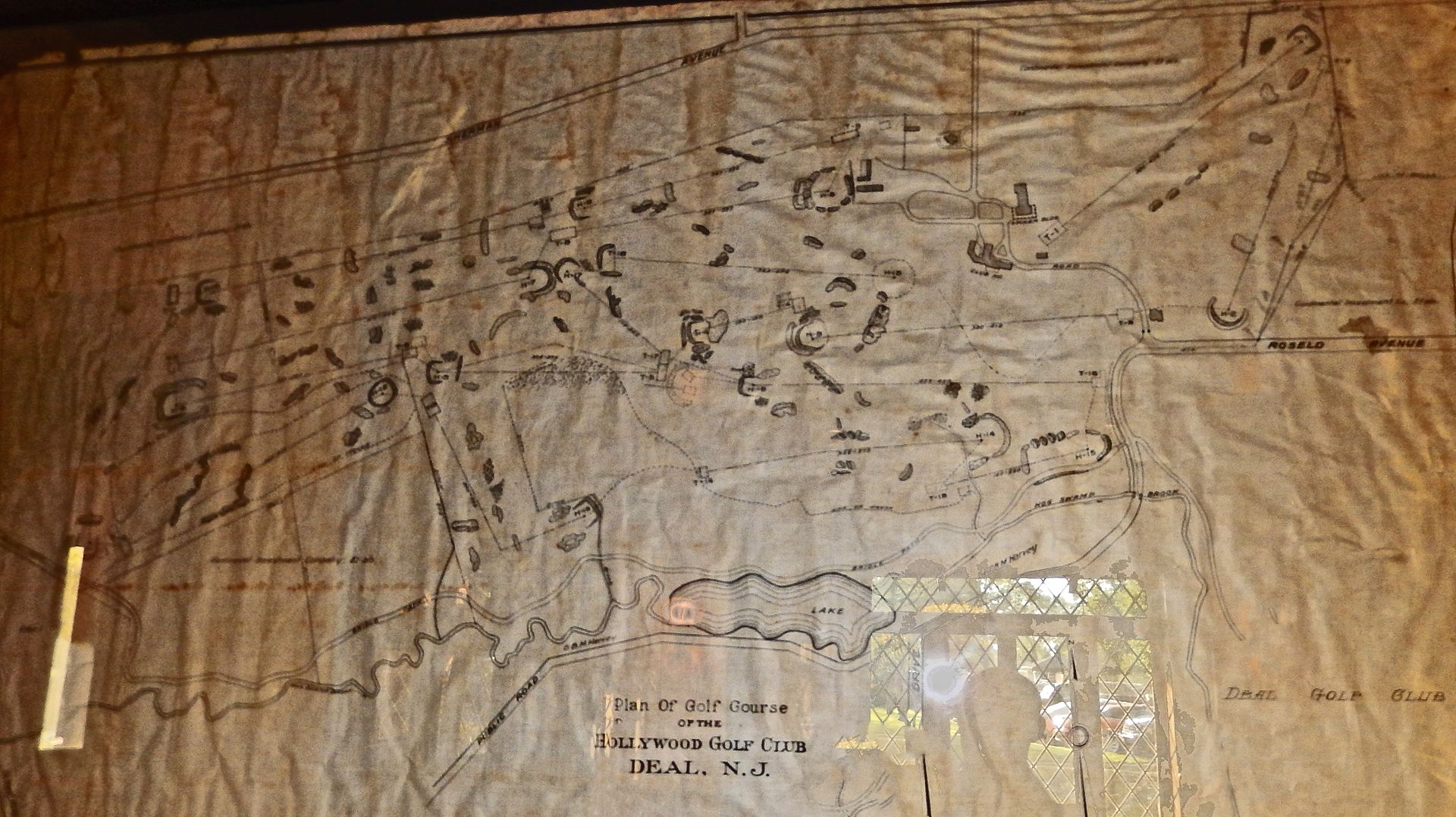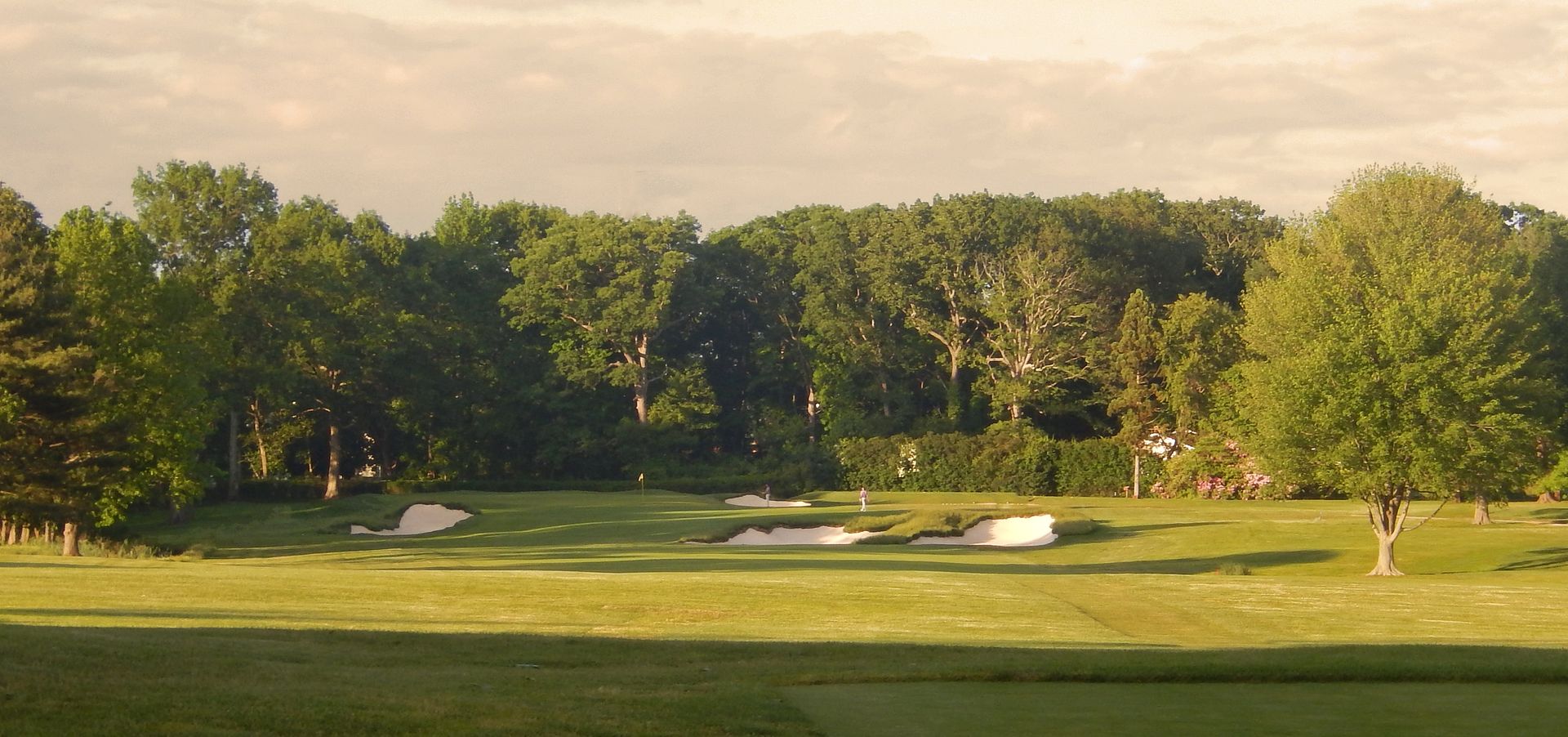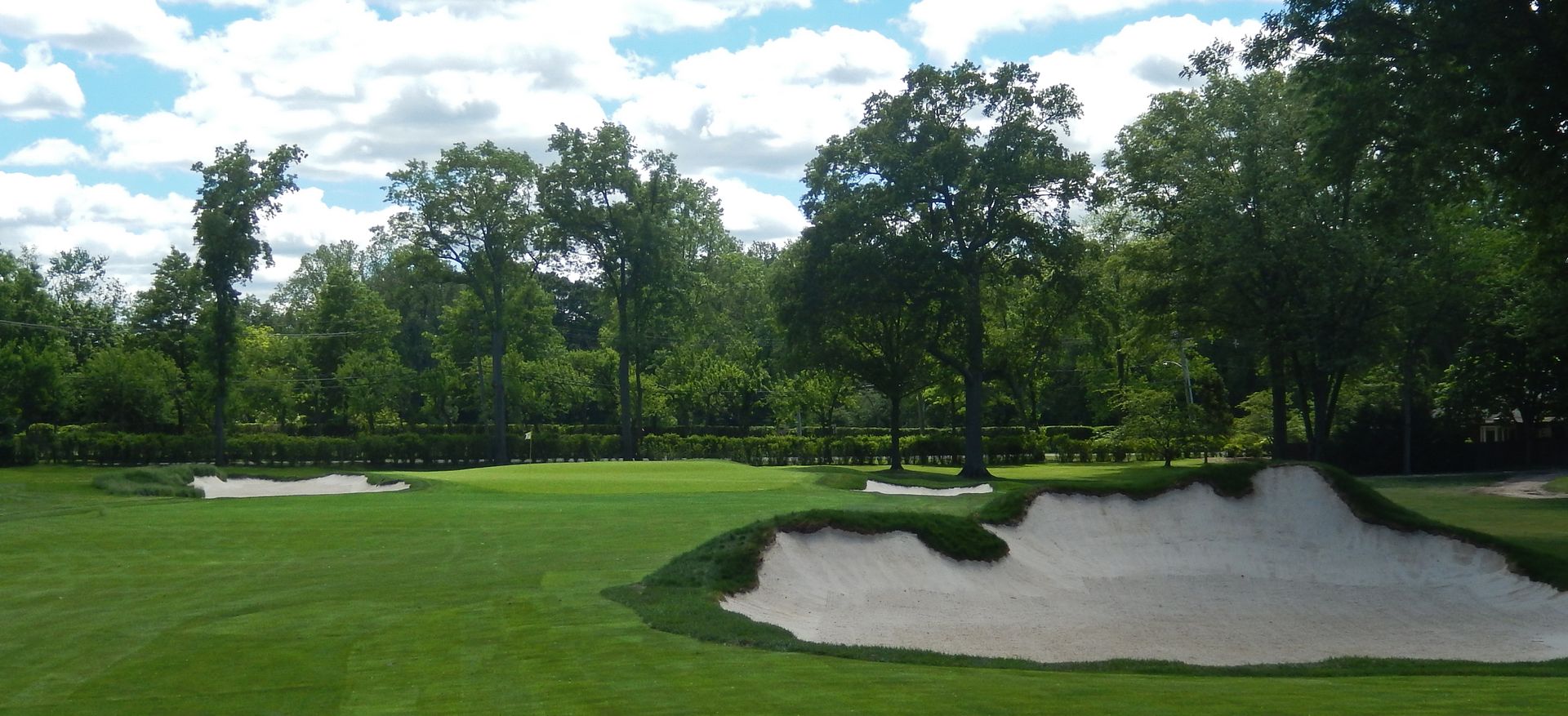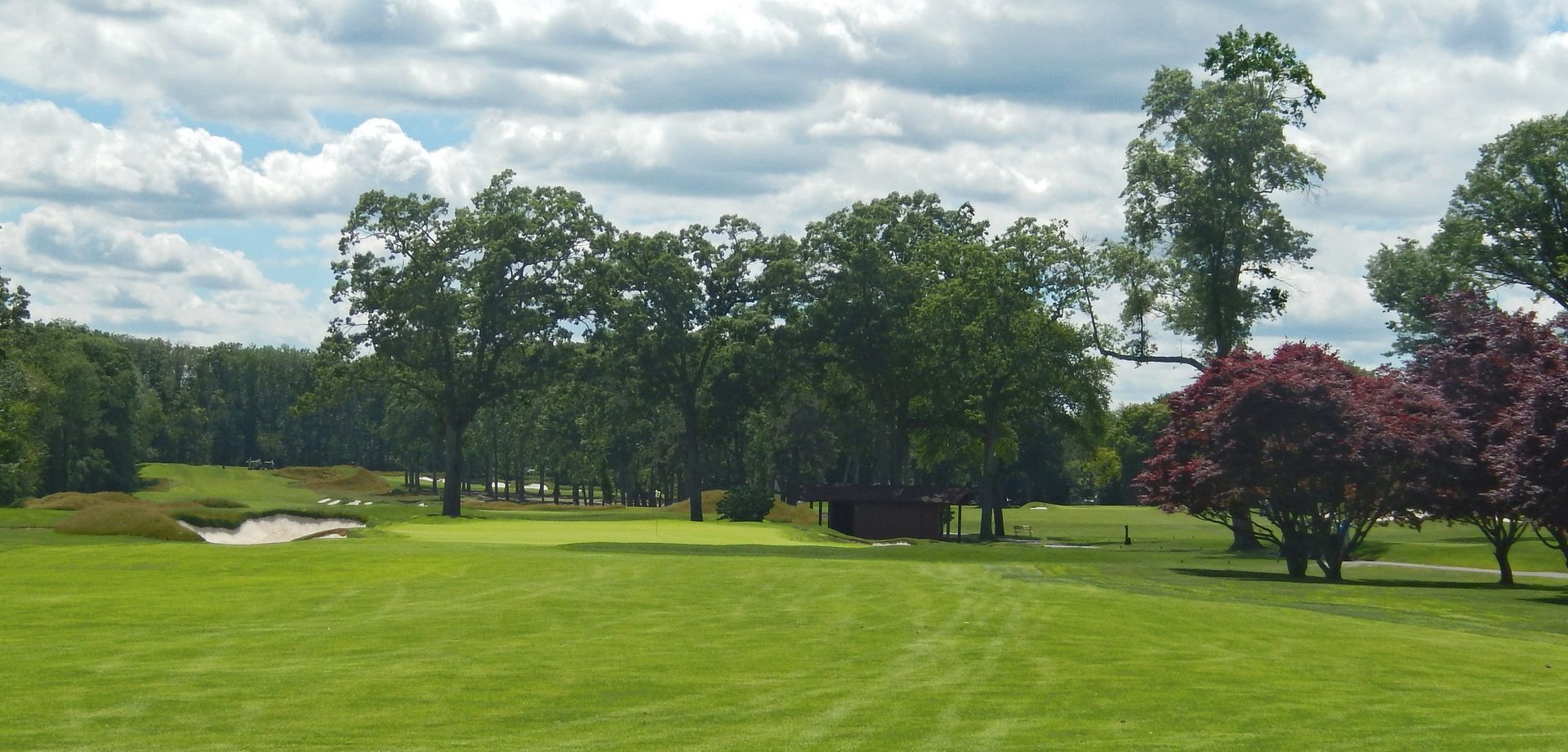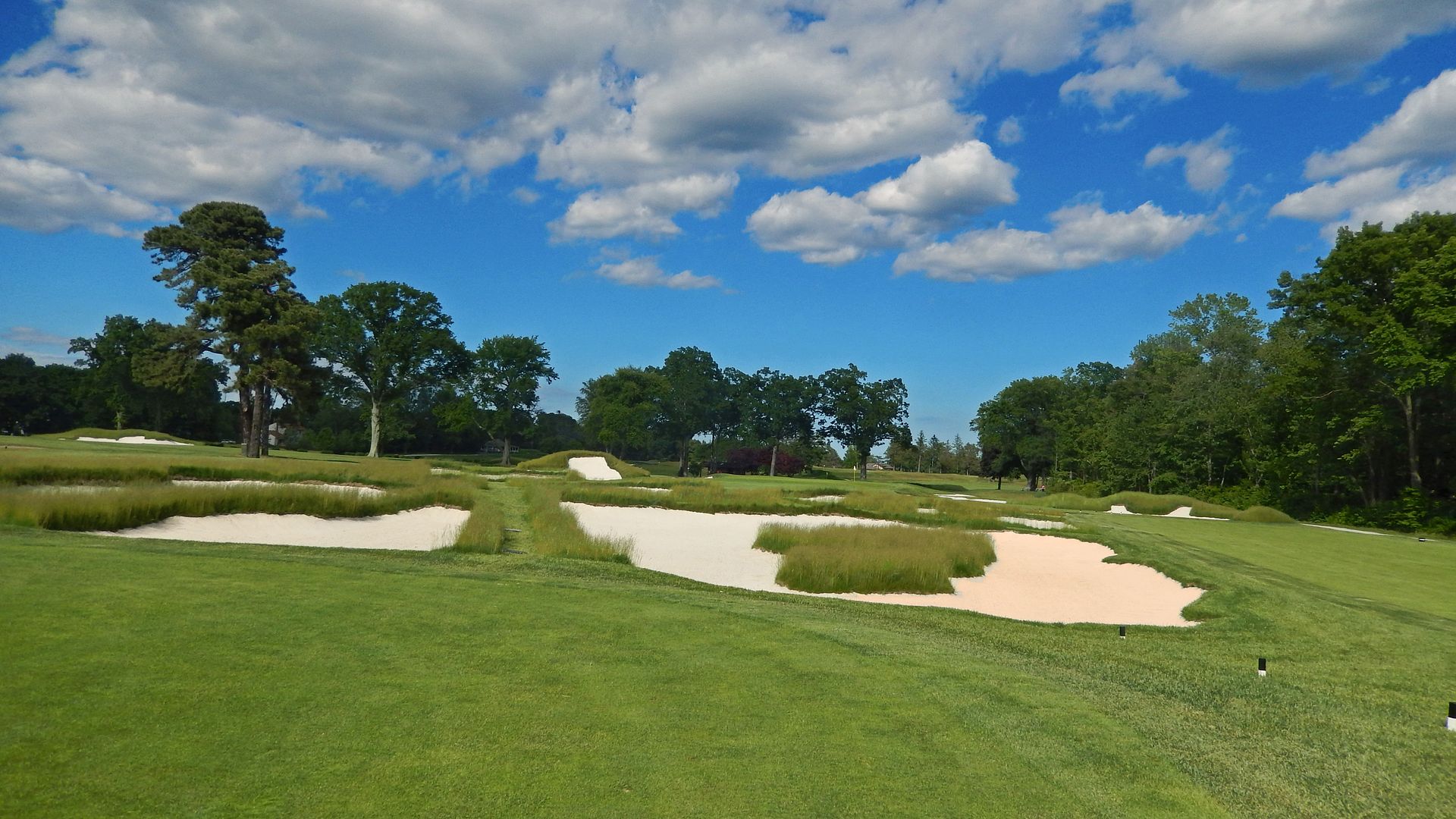Jasper, Albera, Canada
Architect: Stanley Thompson (1925)
6,663 Yards, Par-71
Rating/Slope: 71.1/124
My Quick Review: On the Short-List for Canada's Best
Much like Stanley Thompson's Highlands Links, Jasper Park Lodge is a golf course that one is unlikely to just find himself near. Sure, the national parks in both areas attract many visitors, but I'm not sure many intent on carrying a backpack will make room for their golf clubs on the same trip. No, Jasper Park Lodge takes some effort to get to -- a four hour drive from Edmonton, or a 5 hour drive from Calgary -- but as a contender for Canada's best, it is well worth the effort.
Those that make the effort to see Jasper will likely play Thompson's Banff Springs on the same trip. A mere three-and-a-half hours down the Icefields Parkway, on one of the most beautiful stretches of highway anywhere, even a the most die-hard of golfers would be foolish not to leave ample time to get out of the car and enjoy the turquoise water and Colombia Icefield.

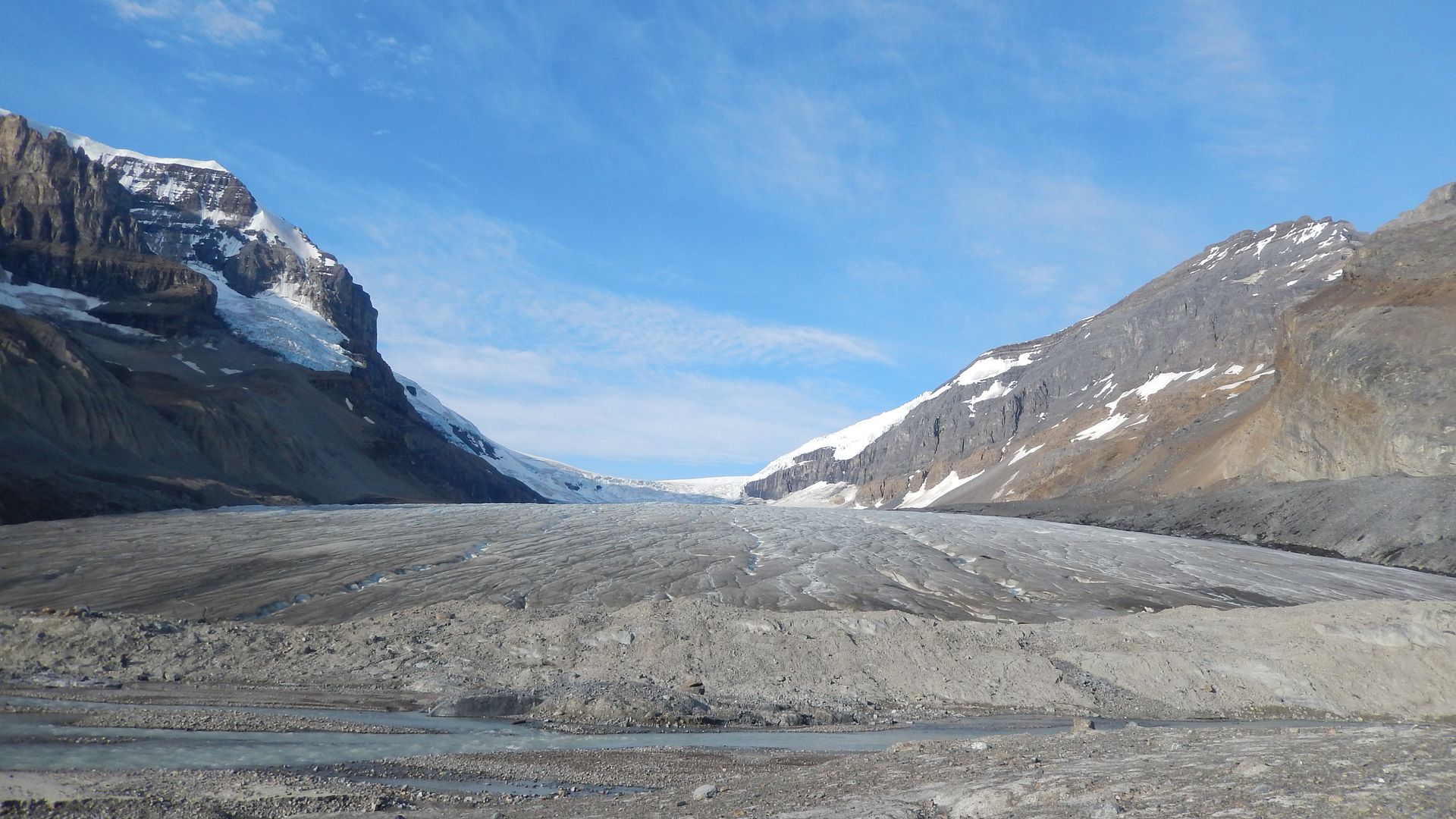
The opener at Jasper is a dull start to the round, an uphill mid-length par-4 with little driving interest and a large, gently undulating green. Perhaps already wondering what all the fuss about, the all-world par-5 second will put any doubts to rest. Much like his 15th at Highlands Links and his 4th at St George's, Thompson was able to make excellent use of severe fairway contour to add interest and strategy to his par-5s. With the 'Old Man' formation in the background (the tops of the mountains look like a sleeping Chief), the tee shot is played to a generous fairway with a large drop in elevation on its right. Golfers planning to play the hole as a three-shorter will try to play left to leave a clear view on the second, while golfers hoping to reach the par-5 in two will likely choose to play right, leaving a semi-blind shot but a more open green front.
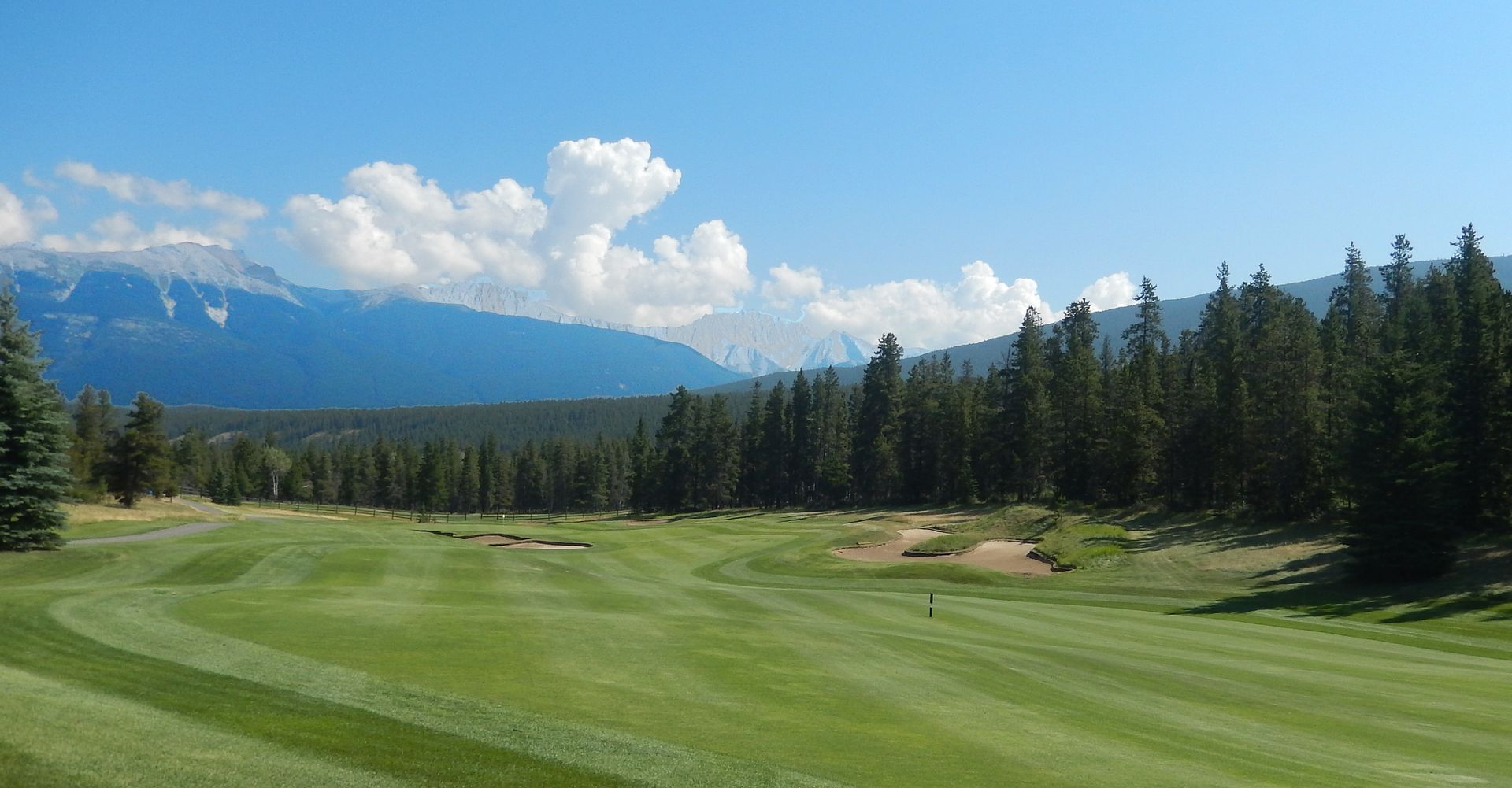
The third is a difficult hole to gauge for the first-timer as the dogleg par-4 requires a blind tee shot over a corner -- much to my surprise the ideal line is a long way from the fairway cut, over the trees on the right. Arguably the best green site on the golf course awaits over the hill, benched perfectly into the hillside and falling sharply with the lay of the land.
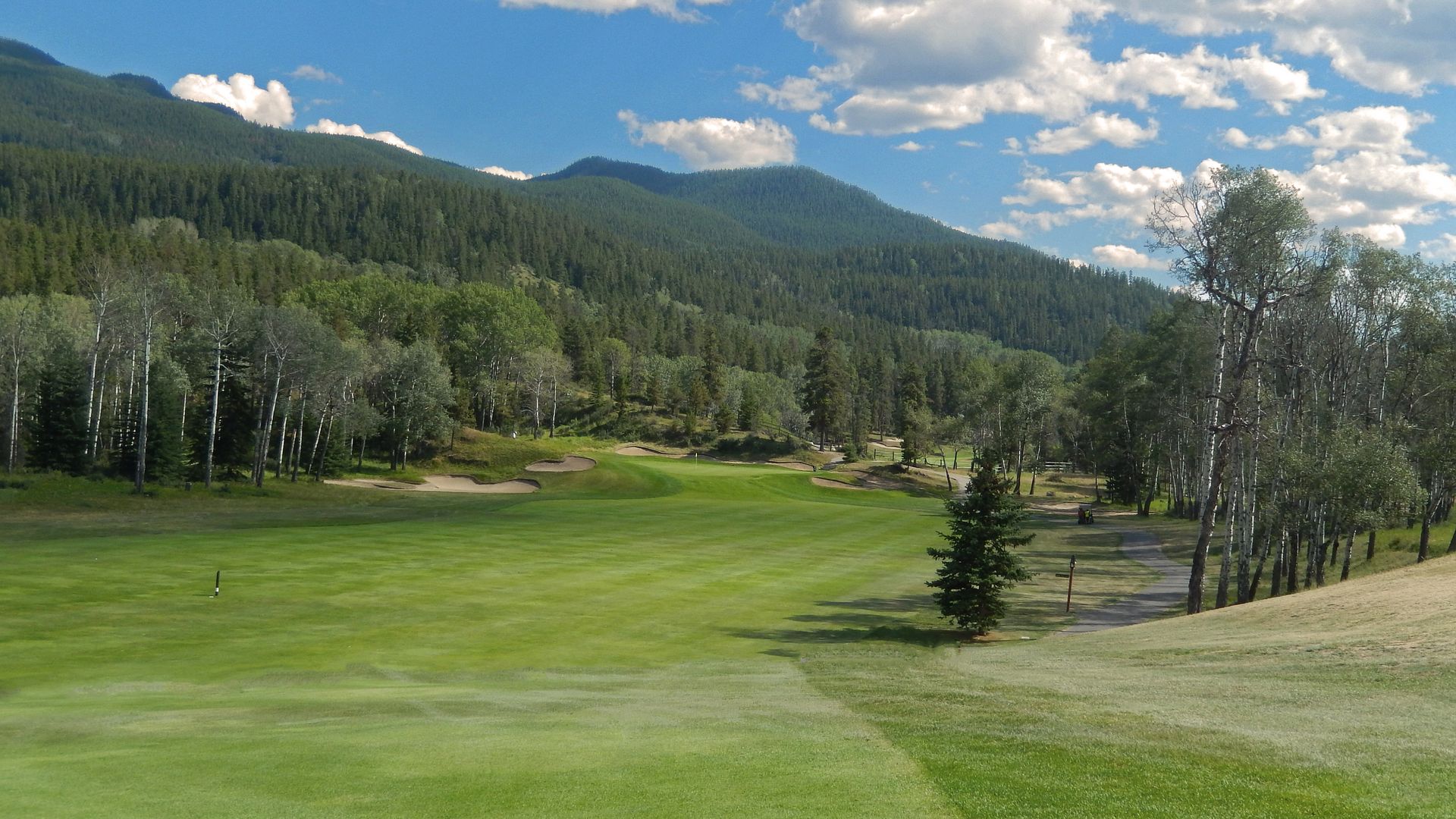
Jasper Park is sometimes called 'easy' - I wonder how many other golf courses with two 230+ yard par-3s on one nine are called easy? Not that many will take the option, but like Tillinghast's Reef par-3s, there is an option for the golfer who chooses to play this par 3.5 as a lay-up and pitch hole. Taking on the narrow green brings larger numbers into play, particularly if the golfer finds the bunker 30 yards short of the putting surface.

Perhaps it's holes like the 5th, a downhill 480-yard par-5 that lead some to call the course easy. I suppose the problem is easily remedied if we change the par on the scorecard to 4. The centreline bunker is a tremendously placed hazard, leaving sufficient width on either side to tempt most to challenge it.
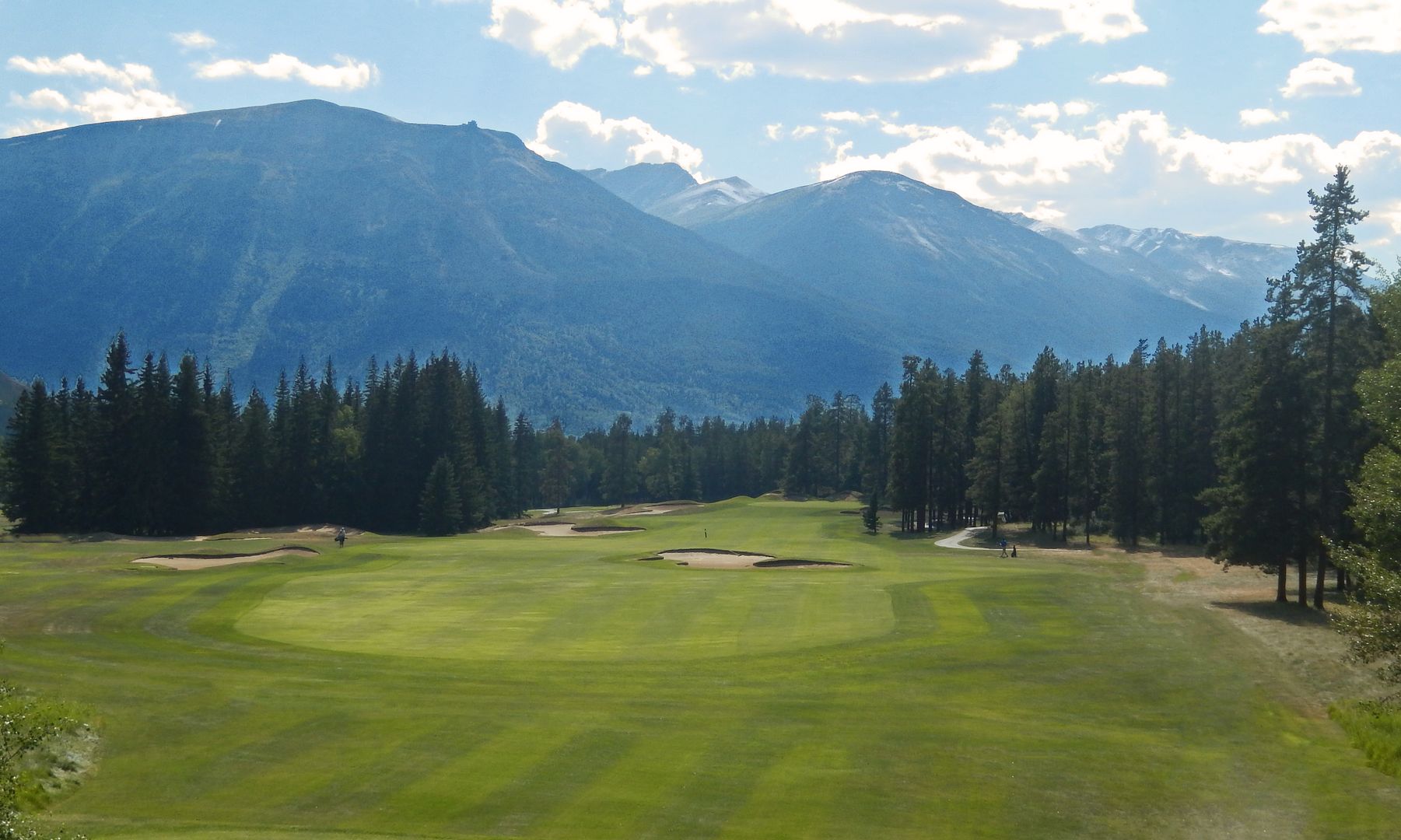
There is little boldness in the contouring in the greens at Jasper, though the green at the 5th is a standout. Not only does it tilt generally away from the mountains, but it confounds with two front shoulders, a ridge across its centre and a collecting rear portion.
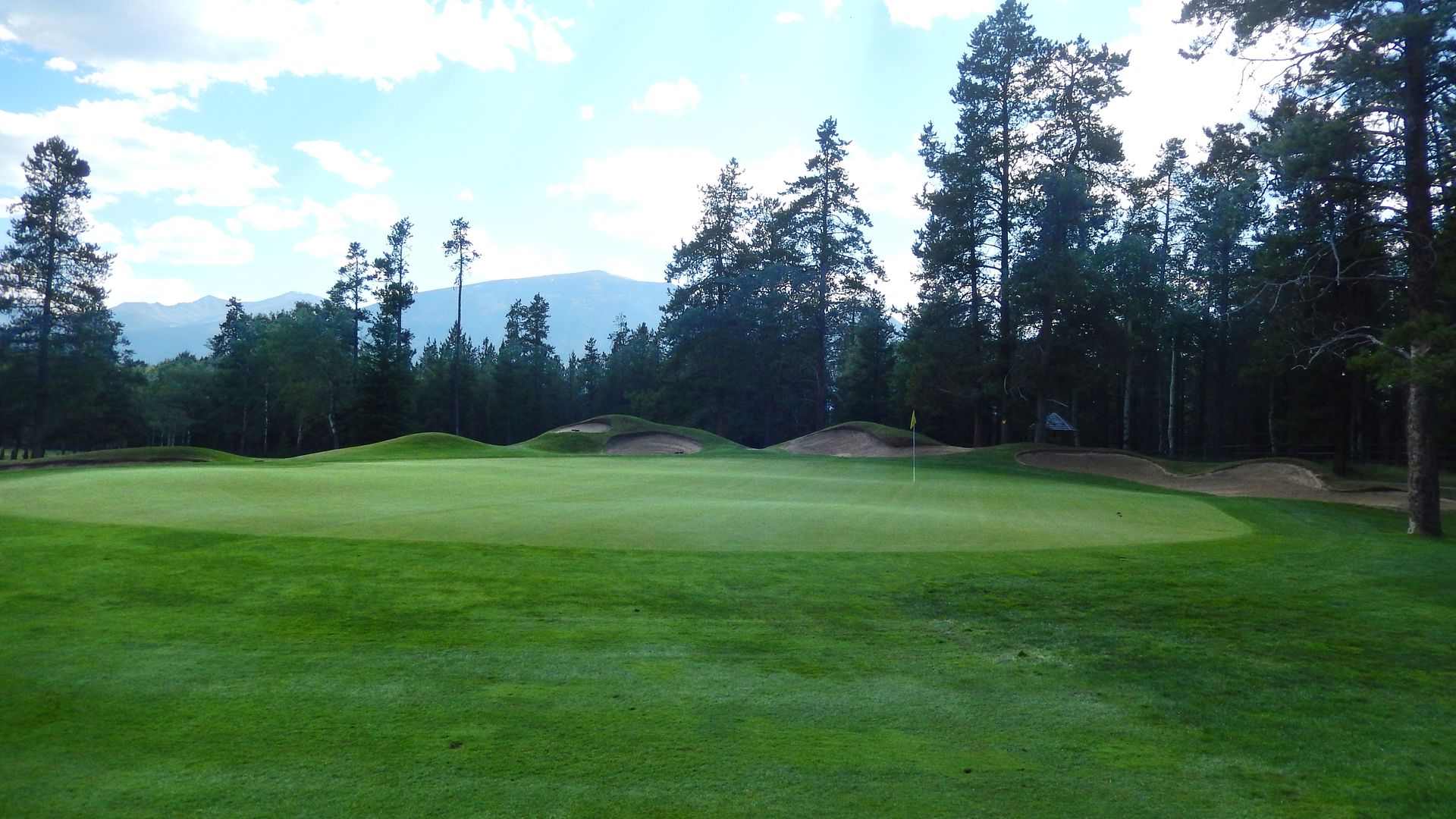
The 6th is an awkward mid-length par-4 that bends to the right around trees. Only the foolish will try to play around the corner as the direct line is blocked by trees and the fairway narrowed by fairway bunkering on the left.
